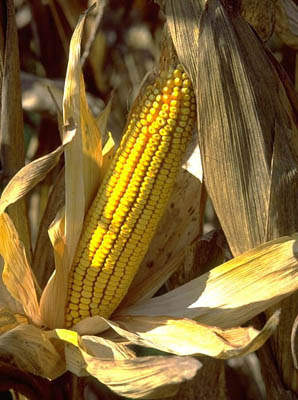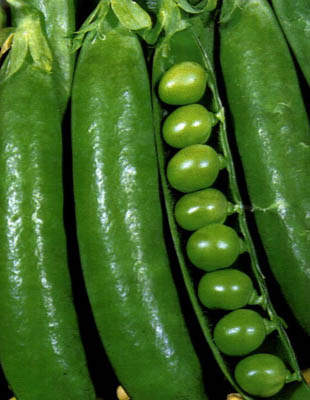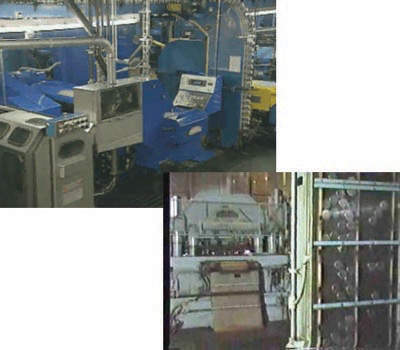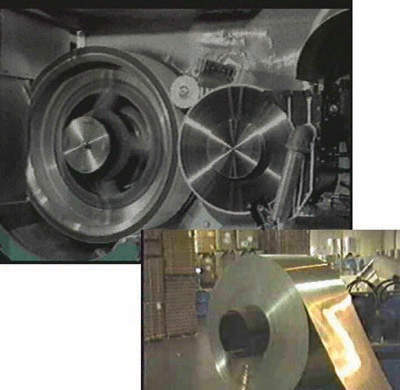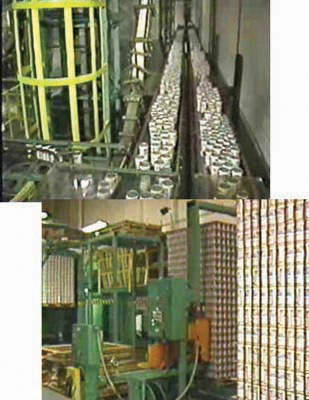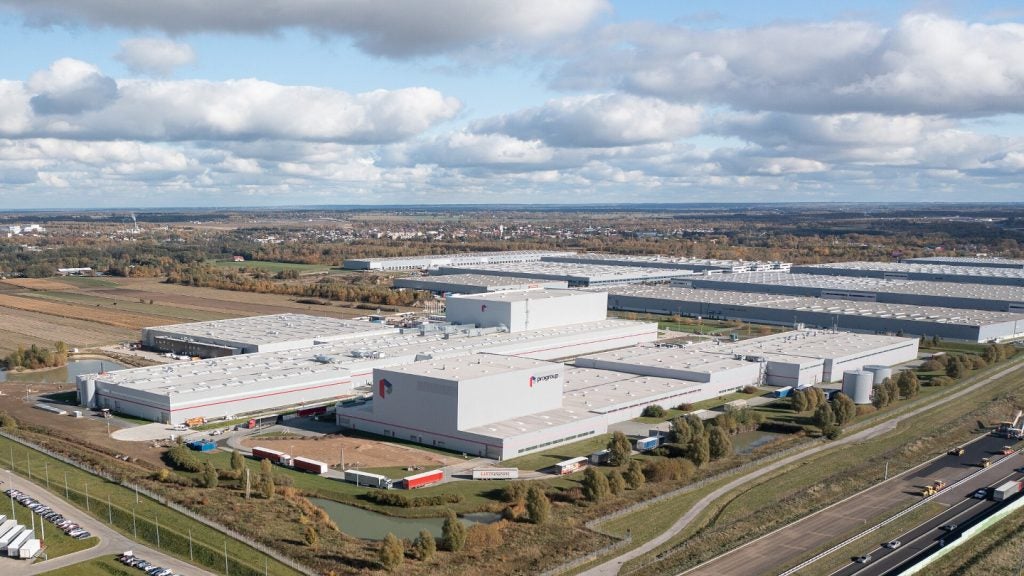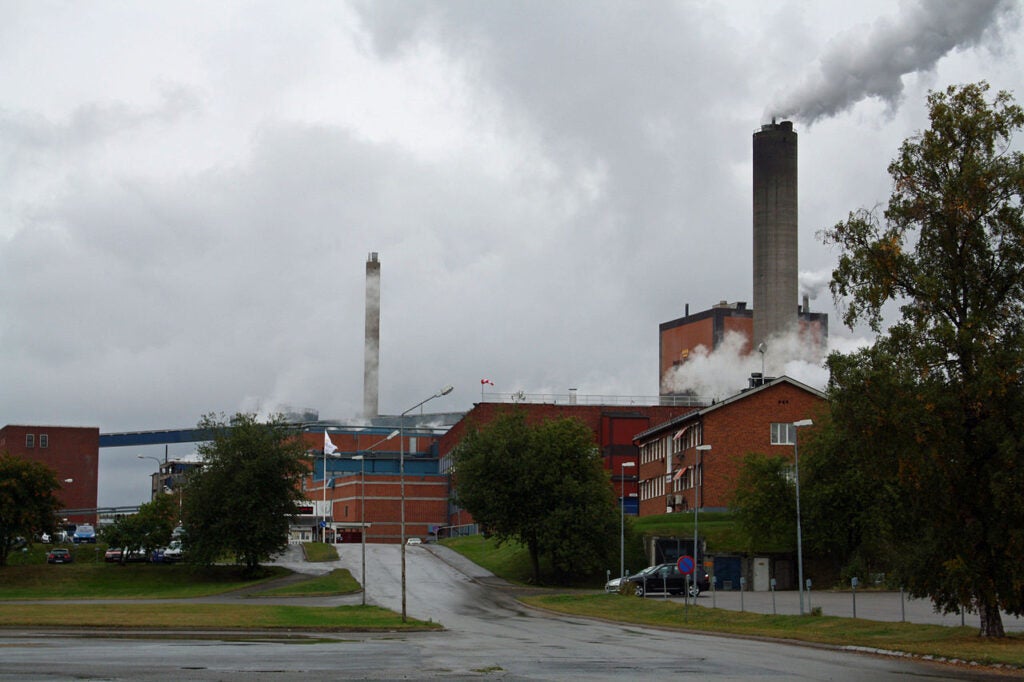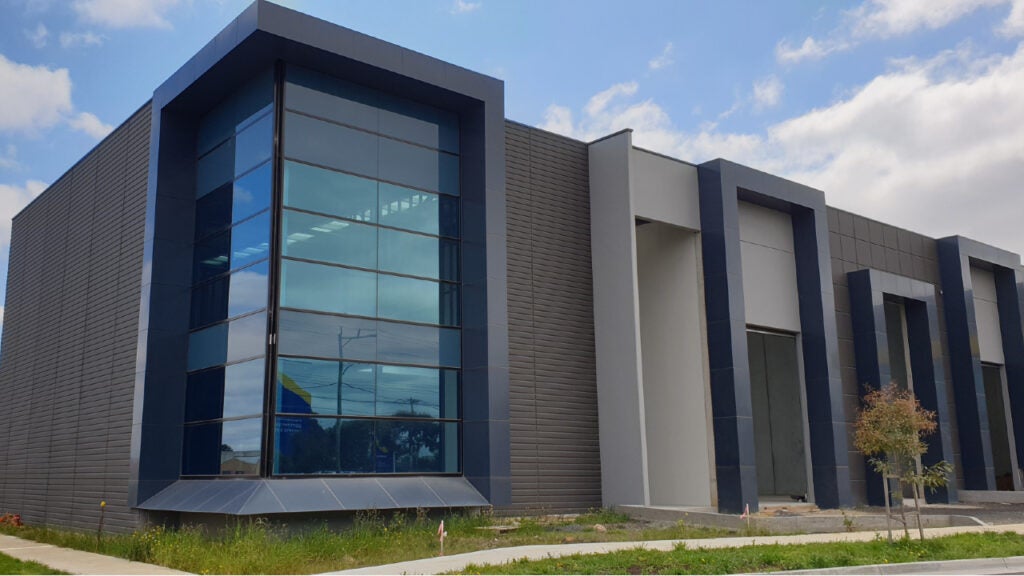Bonduelle, a leading manufacturer of canned, frozen and fresh vegetables in Europe, has a processing and canning plant in Krasnador, 70km from the Kuban province capital Timashevsk, Russia.
The company has been active in Russia for many years as its Russian subsidiary OOO Bonagri and has become the market leader in Russia thanks to imports from its industrial sites abroad.
Bonduelle has a large support base of contract growers in Russia, in addition to its own farms, providing them with the large volumes required to run a new production plant.
The new plant, which opened in 2004 with an estimated investment of €41m, is involved in the packaging of sweetcorn and garden peas. The company has a large support base of contract growers in Russia, in addition to its own farms, providing them with the large volumes required to run a new production plant.
Production at Bonduelle
In August 2004, Crown Holdings installed a new production line in Timashevsk for Bonduelle to produce 400g sweetcorn and garden pea cans of 83mm diameter with fully decorated can ends and the ‘Super End’ pull tab opening system.
The tinplate for the can production is supplied by Crown Hellas in Greece. Crown Cork Holdings supplied and installed the can manufacturing equipment for the new plant.
The cans are made as two-piece food cans and the labels printed by a contract printer and applied by Bonduelle in the canning facility.
Canning process at the Bonduelle plant
The two-piece food cans start out as large coils of tin-plated steel sheet. This first passes through a lubricator to prepare the material for forming. The sheet then enters the cupping press where round blanks are created by punching holes in the coil. These blanks are then drawn into cups and conveyed to a bank of bodymakers.
The bodymakers redraw the cups, making them longer and smaller in diameter. After this operation, the bodymakers iron the material, decreasing its thickness, and subsequently elongating the can body.
The cans then exit the bodymakers and are fed to trimmers where the finished can height is achieved. Lubricants used for the forming process are removed in the washer. Additionally, the cans are chemically prepared to accept a lacquer to protect the external surface.
The lacquer is applied to the cans, then passed through an oven to cure the coating.
The cans then get taken to the inside spray machines, where they receive a protective internal coating, which is subsequently cured by the internal bake oven.
After the inside spray is cured the top of the cans are waxed to aid in the necking and flanging process. This prepares the cans for their lids, which will be applied after they are filled. The cans then pass through a light tester to detect any imperfections, and are then palletised for shipment.
The ends of the cans are crown cork ‘Super End’, which are decorated as part of the Bonduelle brand (this gives the brand a distinctive look allowing it to stand out). The decorator equipment can apply up to eight colours to the can ends plus an over-varnish to protect the decoration during conveyance to the canning plant.
Financing the Bonduelle Vegetable Canning Plant
Crown Food France, a subsidiary of Crown Cork, invested an estimated €20m in the new can production plant. Bonduelle invested an estimated €41m in the vegetable processing and canning facility.
Construction of the two facilities started in June 2003 and was completed in 2004. In addition, Bonduelle invested a further €10m in its raw materials base, which now occupies 515ha.
The European Bank for Reconstruction and Development (EBRD) provided €15m of the investment for the new processing facility (for which it took a 35% stake in the project) with Bonduelle providing the remainder (giving it a 65% stake).
Construction was completed in two phases to eventually produce 60,000t of fresh packaged vegetables a year – mainly sweetcorn and peas. The first investment of €23m produced 25,000t per year, followed by a second investment in 2008 of €18m to achieve the full production target.
The EBRD offers political support for long-term investment by an international investor in the Russian primary agriculture sector, which to date has attracted little foreign investment.

